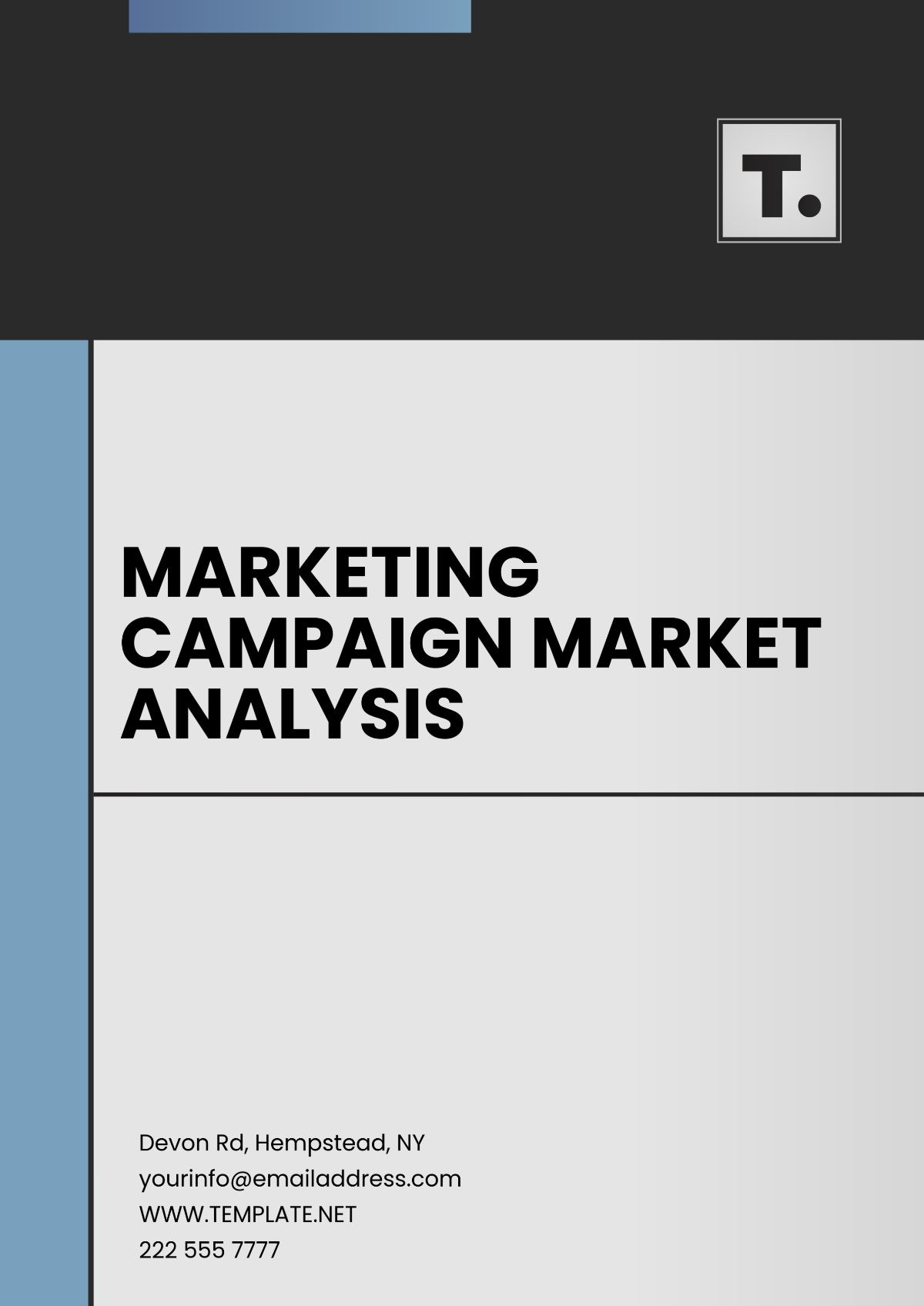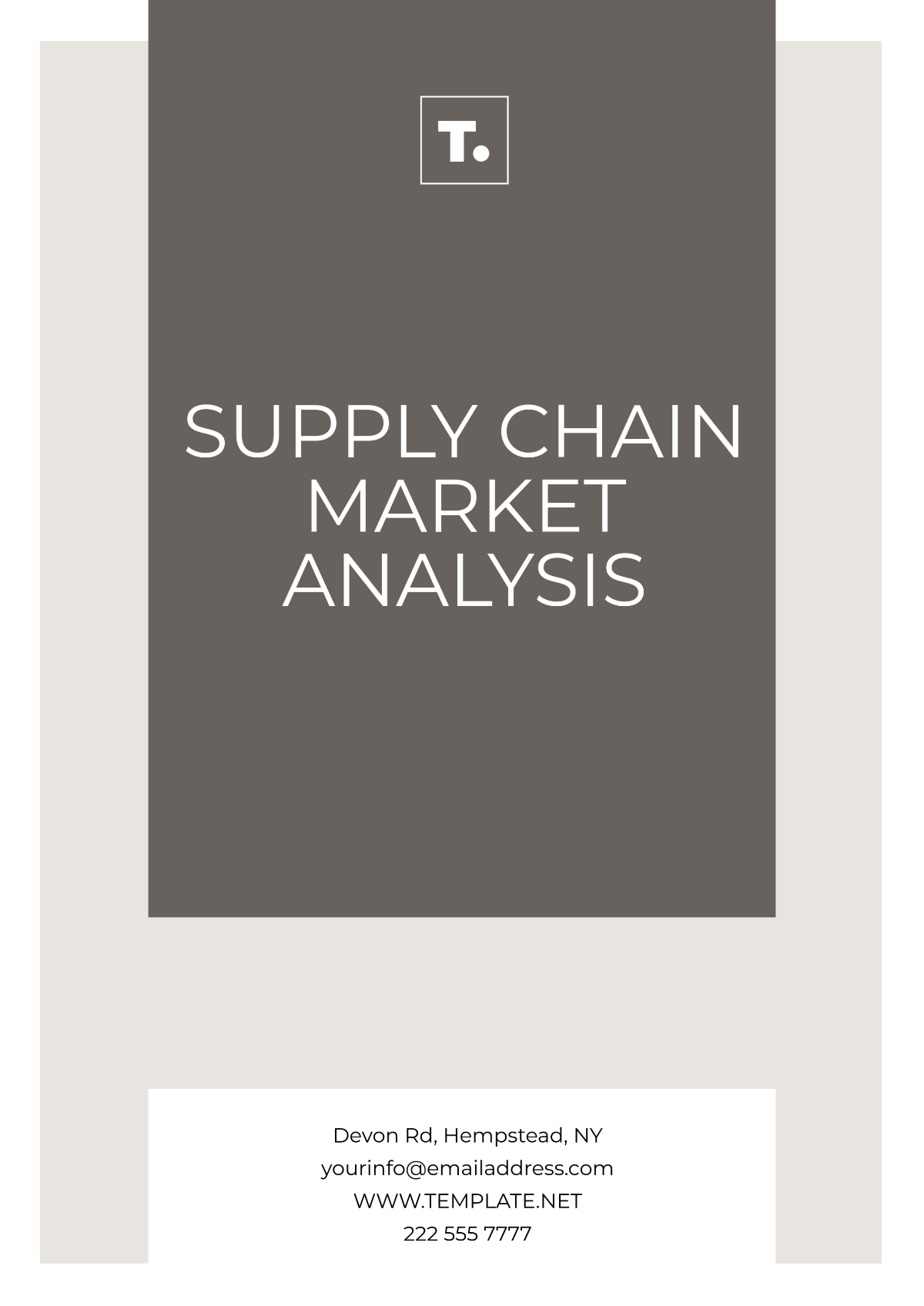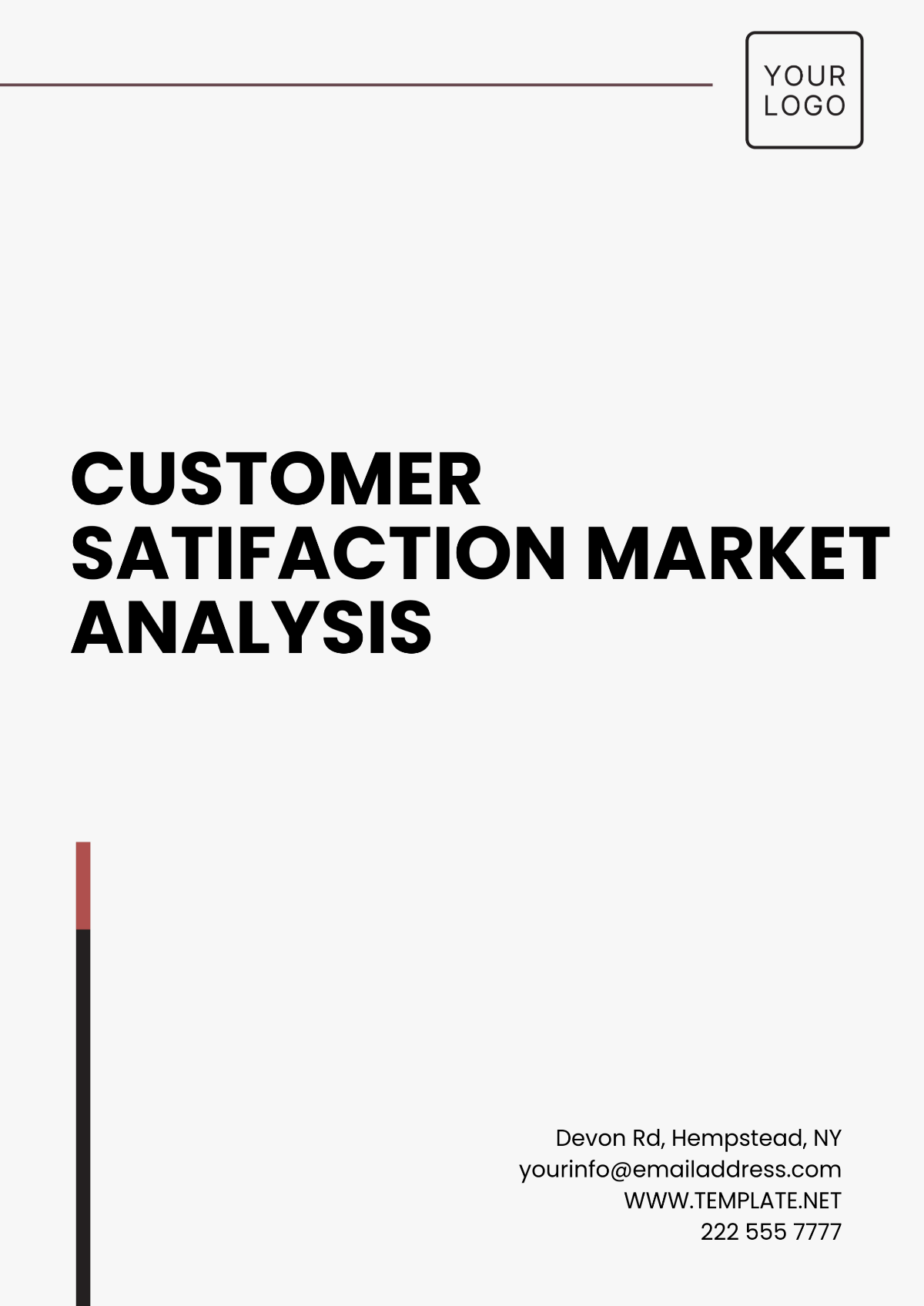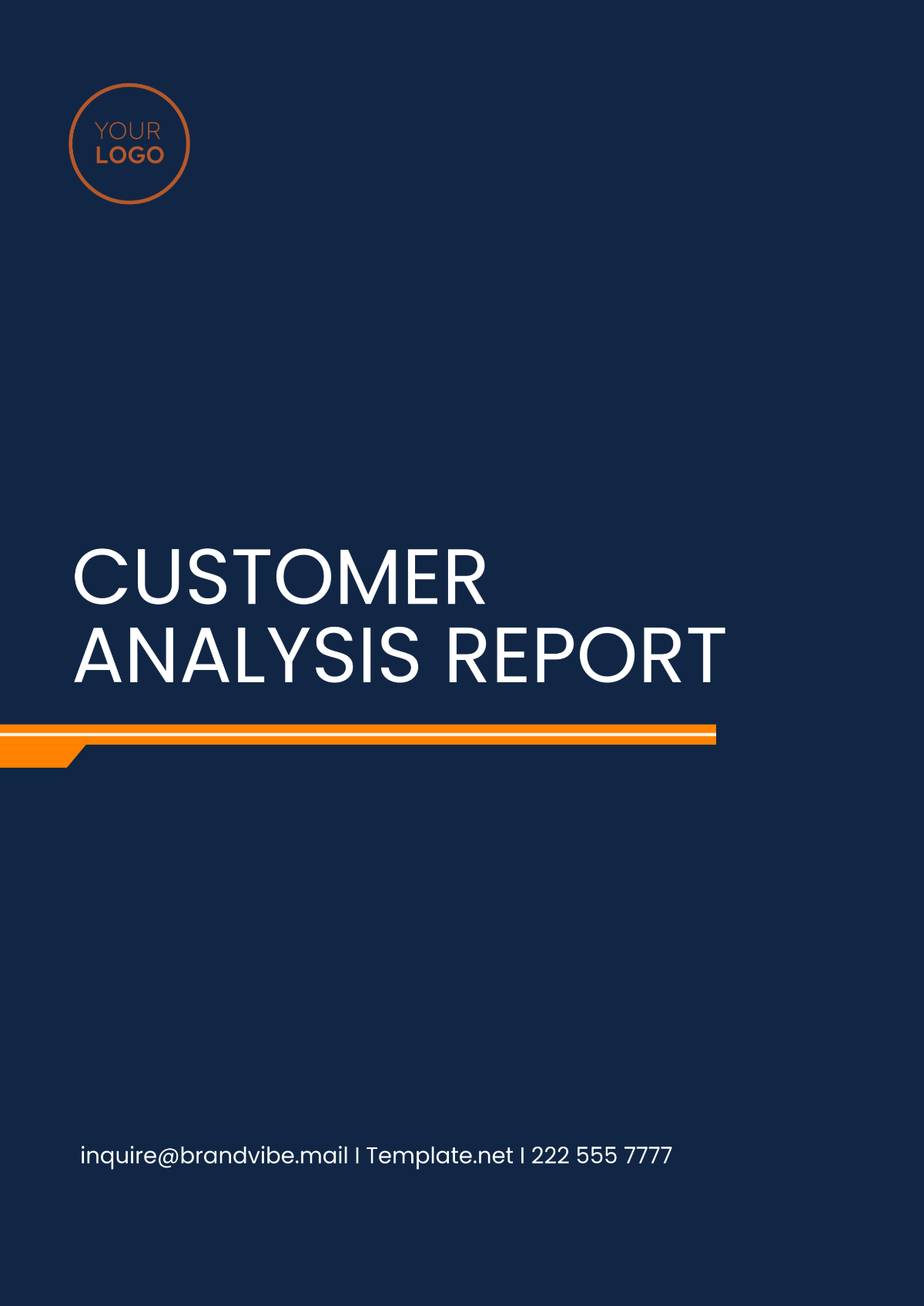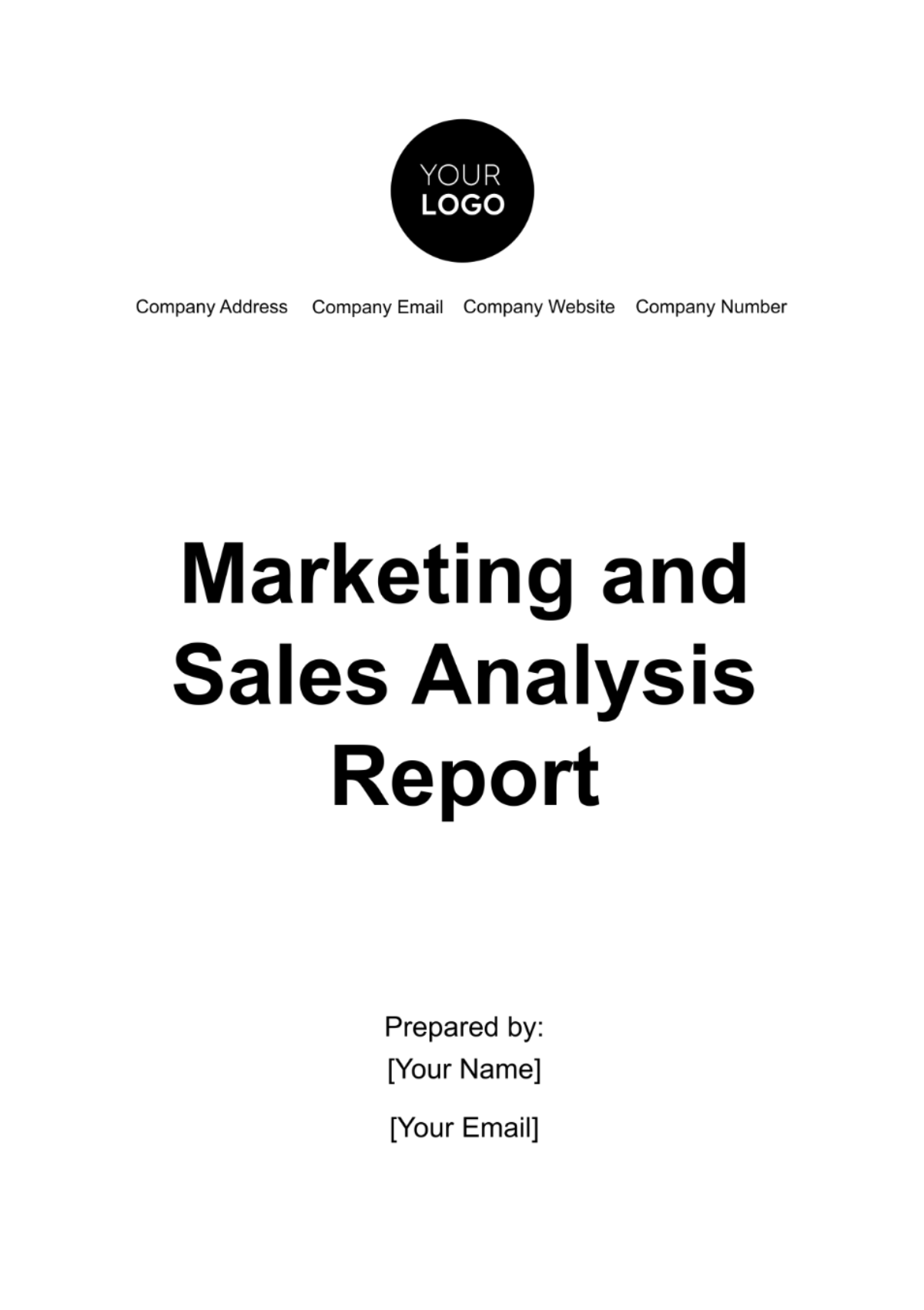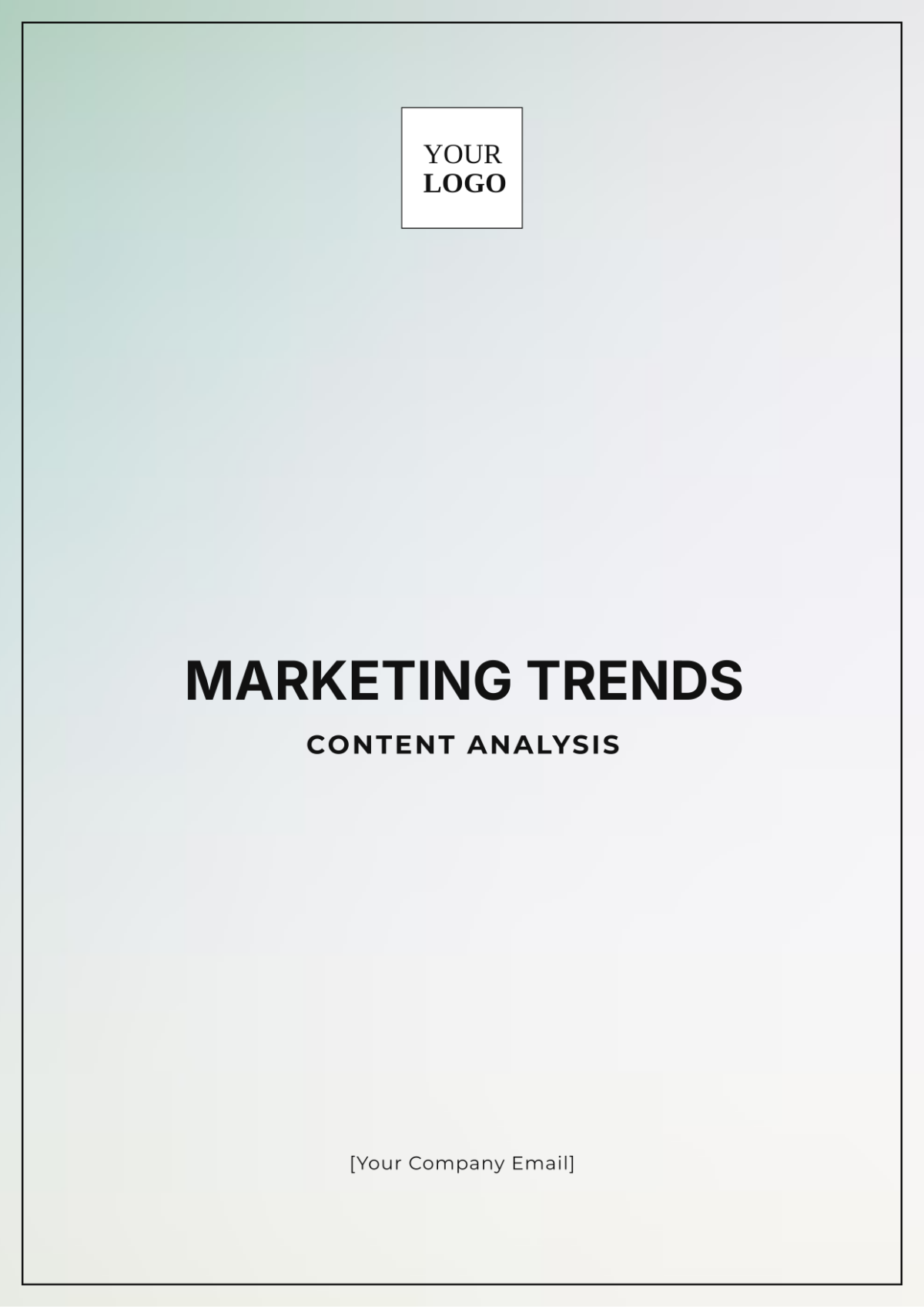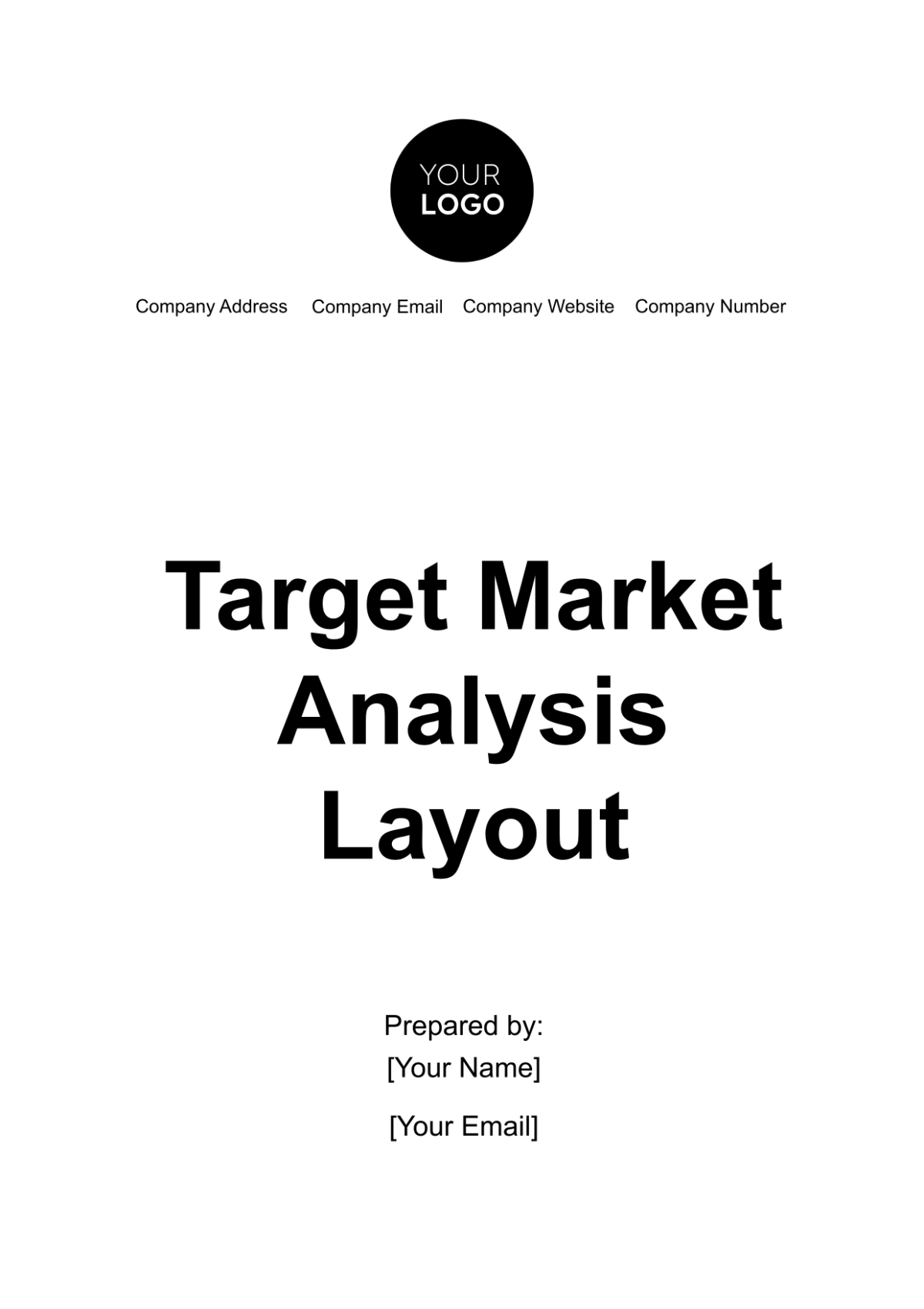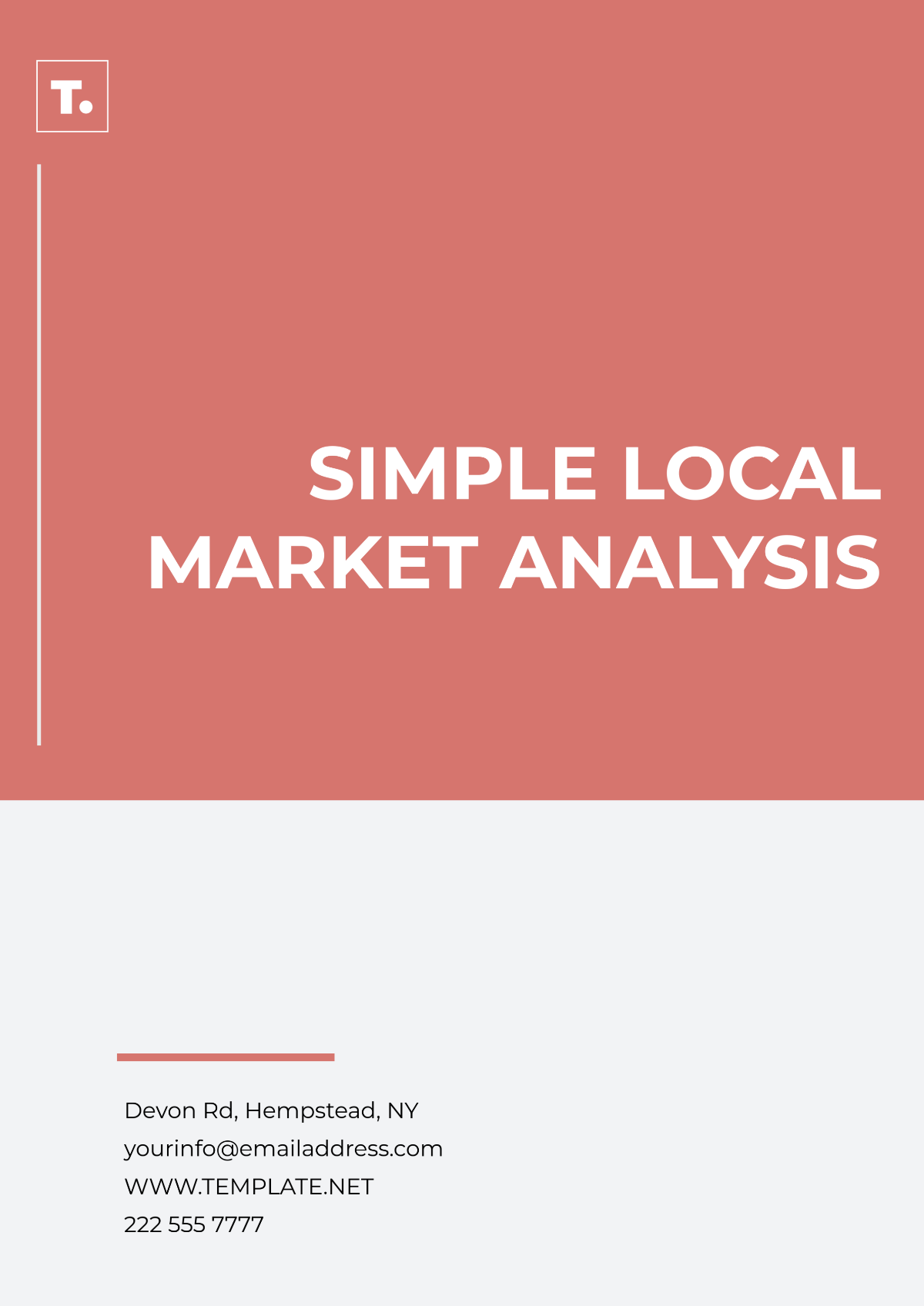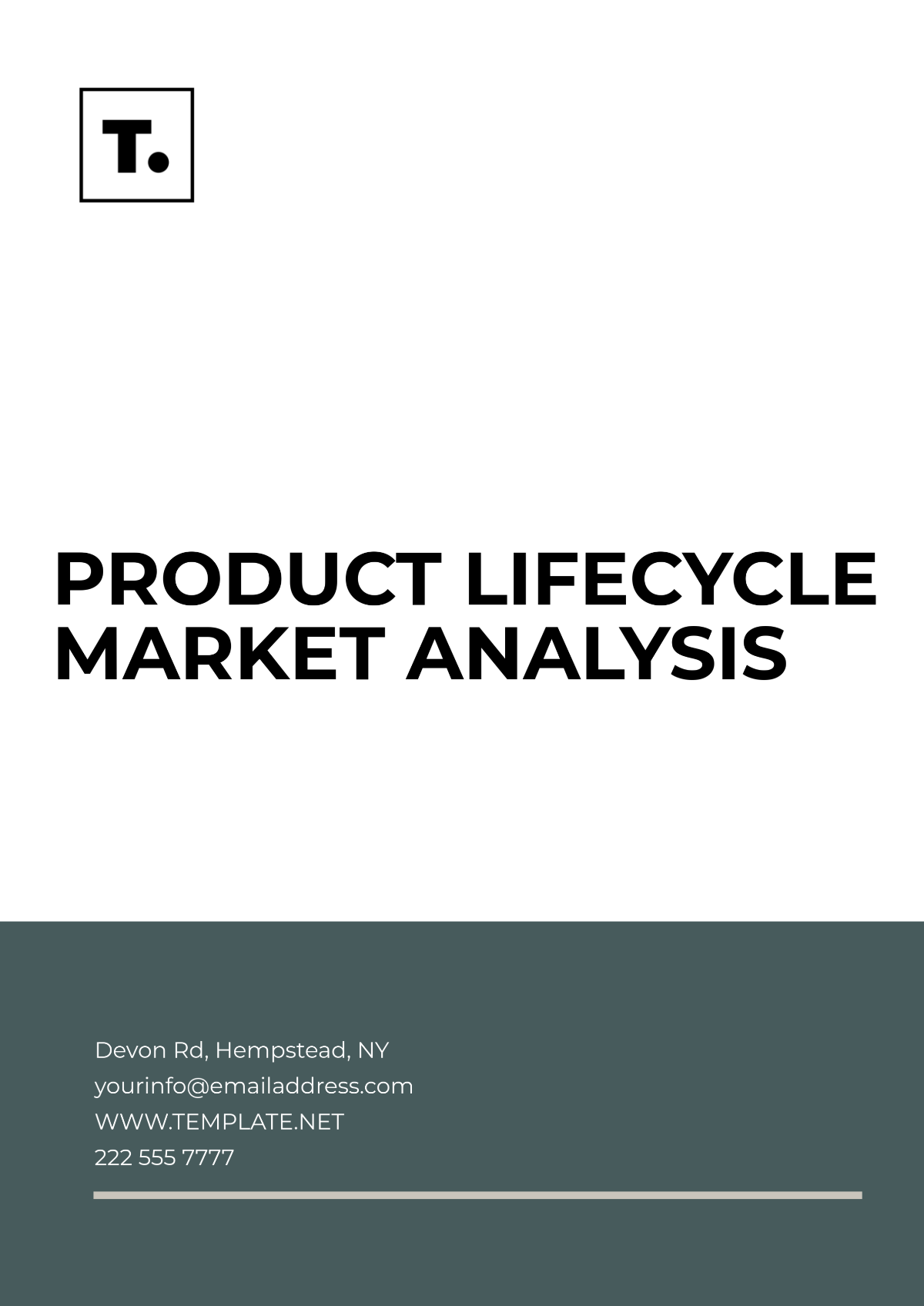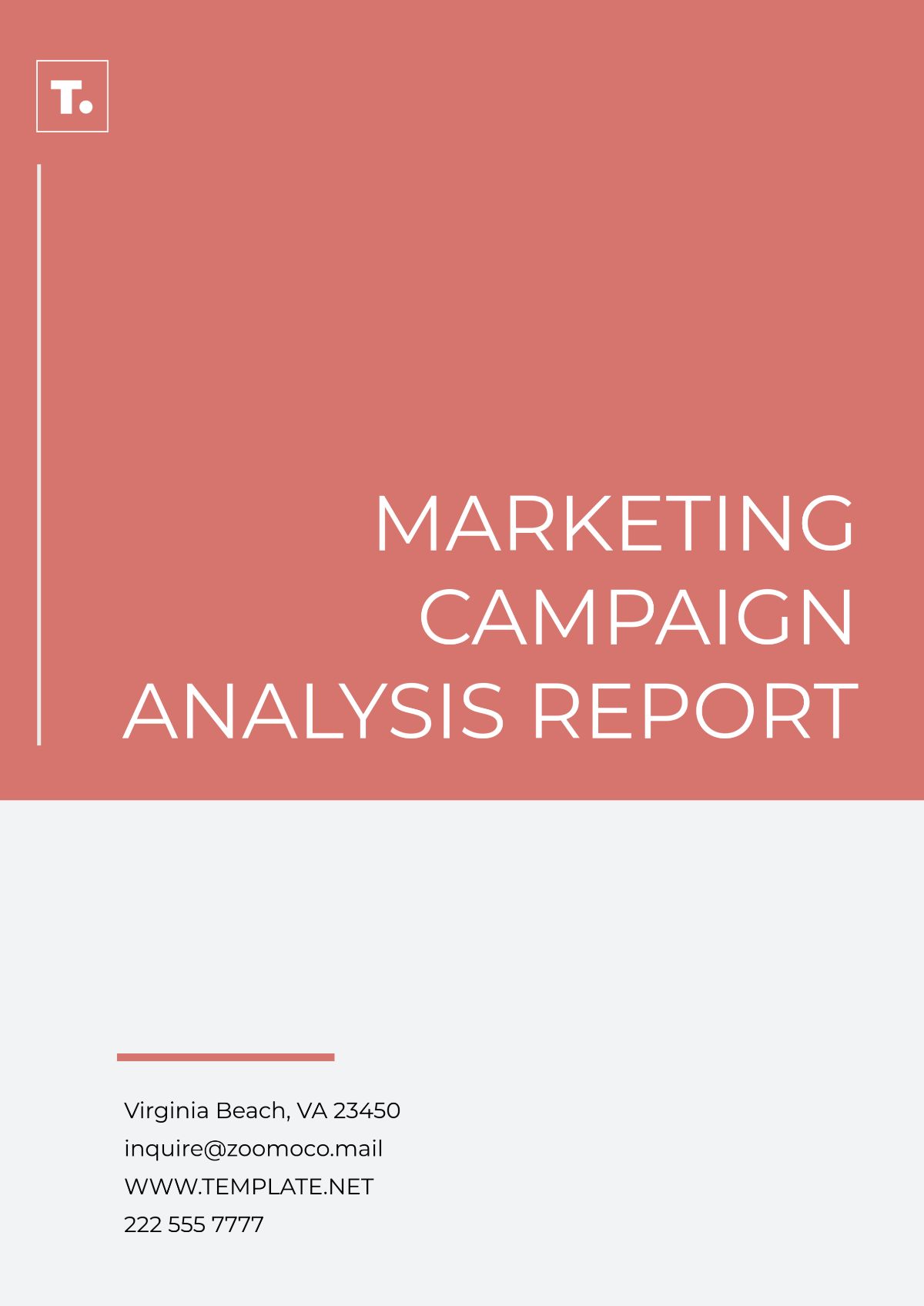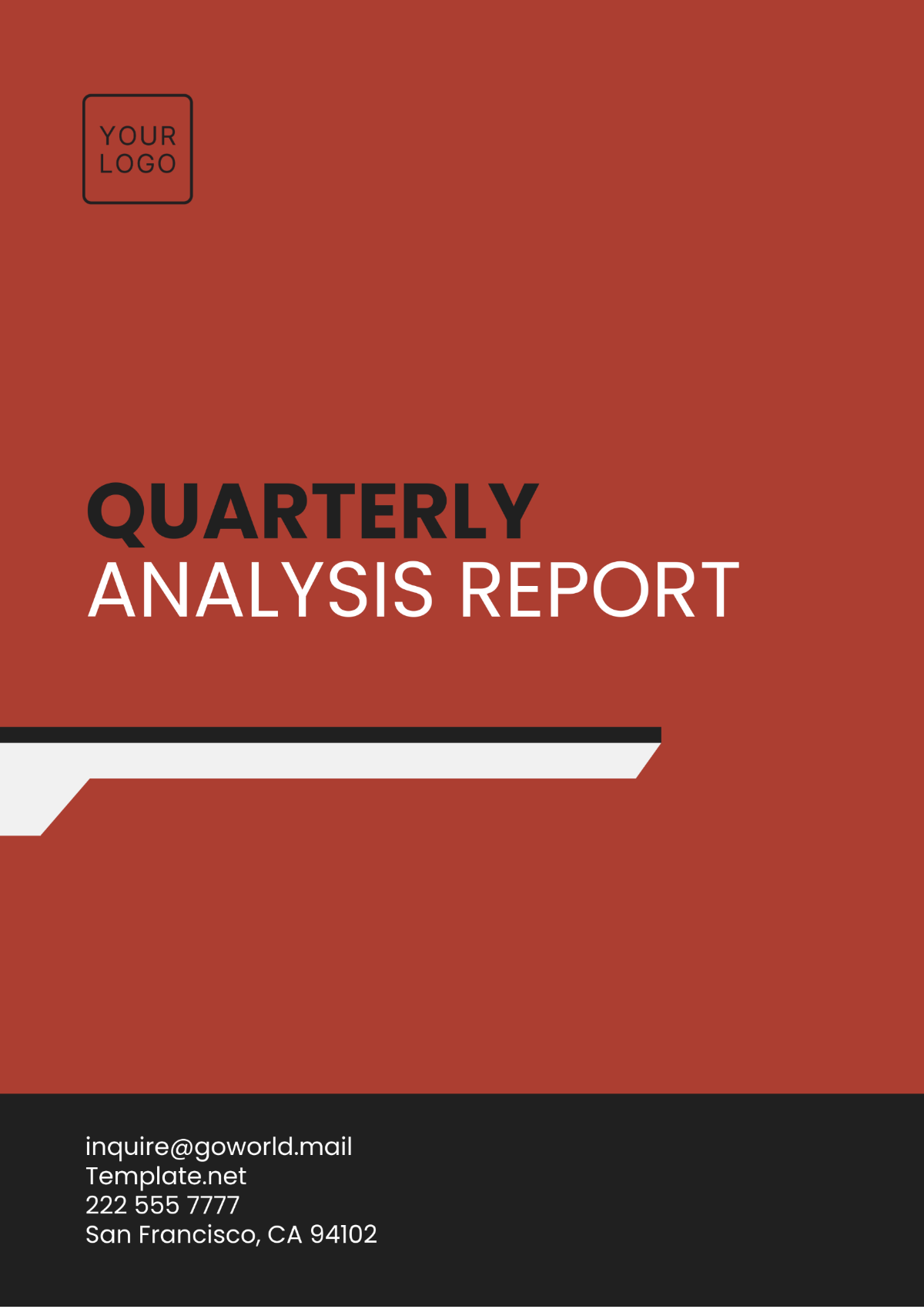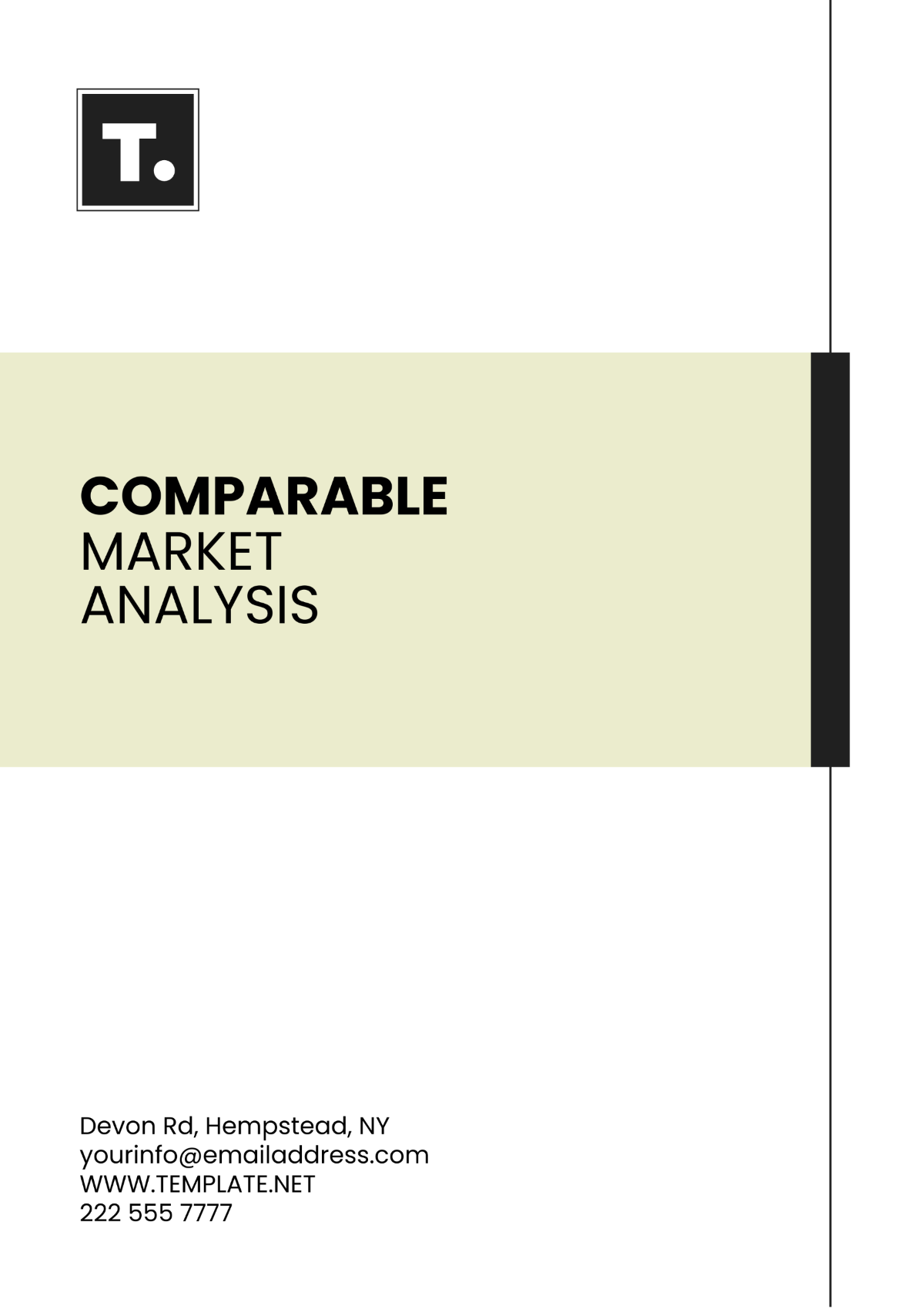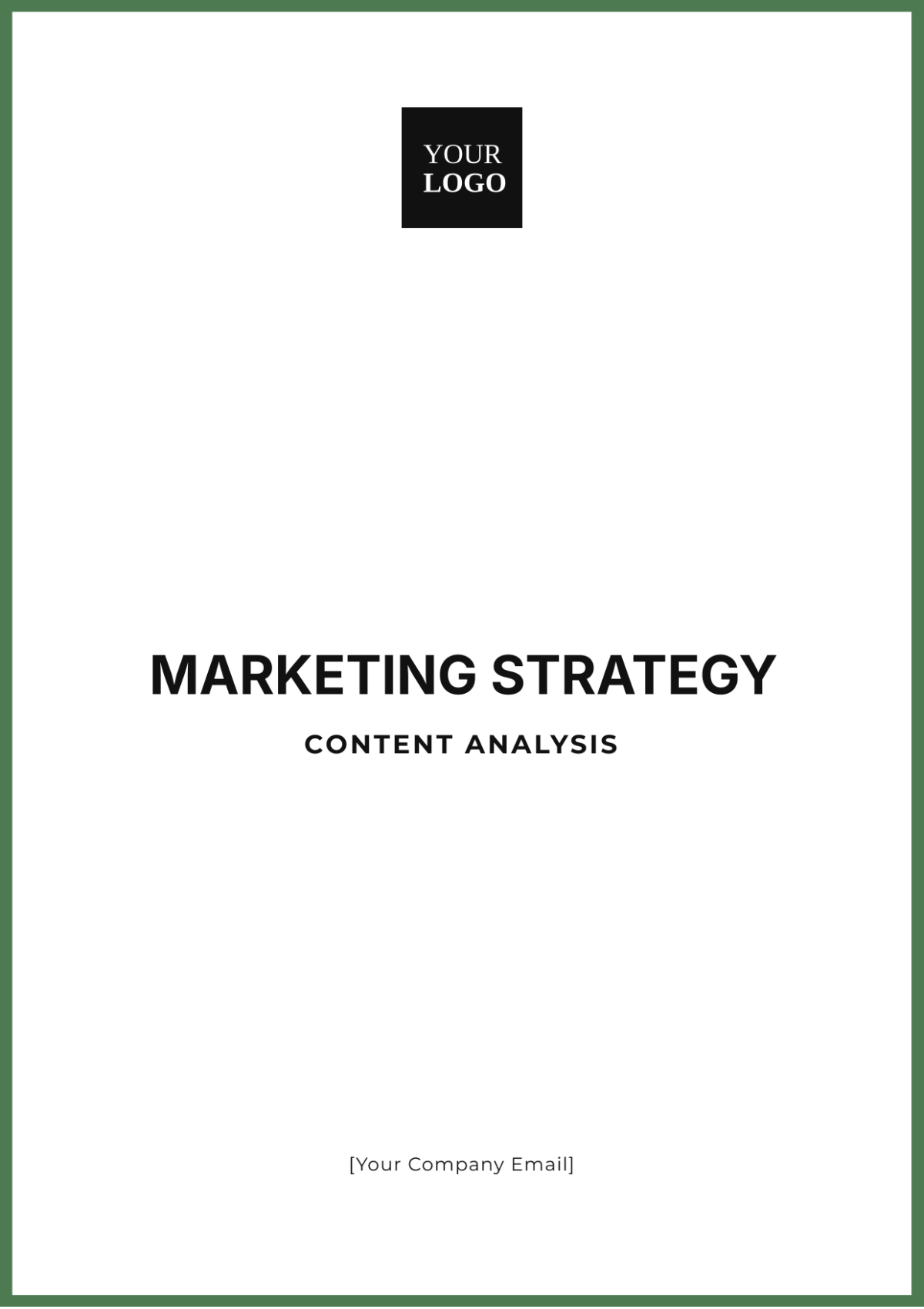MARKETING HEATMAP ANALYSIS OUTLINE
1. Introduction
This document serves as an outline for a comprehensive Marketing Heatmap Analysis aimed at understanding user behavior and improving website engagement and conversions.
2. Objectives
The fundamental aim of this Marketing Heatmap Analysis is to provide actionable insights that can drive more effective website engagement and conversions. To achieve this goal, our objectives are carefully delineated into three key areas:
To Identify Hotspots on the Webpage Where Users Mostly Interact: Understanding the focal points of user interaction on the website is crucial for optimizing layout and content. By identifying these "hotspots," we can allocate resources more efficiently, placing high-value content and calls-to-action where they are most likely to be seen and interacted with.
To Determine Underperforming Areas Requiring Optimization: Not all areas of a website receive the same level of user attention. Identifying these "cold spots" can help us understand what parts of the website are being ignored or are not resonating with users. Consequently, these areas can be improved or replaced to maximize the overall effectiveness of the web interface.
To Analyze Click-Through and Scroll Patterns: Beyond merely locating hotspots and cold spots, we aim to understand how users are navigating through the website. Are they scrolling past important content? Are they clicking where we want them to? This analysis allows for a more nuanced understanding of user behavior, paving the way for highly-targeted optimizations.
3. Methodology
To achieve the objectives laid out in the previous chapter, we have adopted a multi-faceted methodology grounded in quantitative data analysis. The data for this Marketing Heatmap Analysis has been primarily sourced from Google Analytics and our specialized in-house tools. Our analysis focuses on the second quarter of the year [Insert Year] and is based on a substantial sample size of 10,000 unique visitors. This robust methodology is designed to ensure that the insights generated are both accurate and actionable, thereby empowering us to make data-driven decisions to optimize the website for higher user engagement and conversion rates.
Data Source: Google Analytics, In-house Tools
Timeframe: Q2 [Year]
Sample Size: 10,000 unique visitors
4. Data Collection
The Data Collection chapter serves as the foundation upon which our entire Marketing Heatmap Analysis is built. In order to gain a holistic understanding of user interactions and behaviors, we have focused on gathering three principal types of data: Click Data, Scroll Data, and Heat Zones. Each of these data sets brings its own unique insights into user engagement, revealing where attention is concentrated and where improvements are needed. By methodically collecting and analyzing these specific categories of data, we are positioning ourselves to create a comprehensive picture of how users interact with the website, thus informing our subsequent analyses and recommendations.
Click Data
Scroll Data
Heat Zones
5. Key Metrics
Metric | Description |
Click Frequency | Number of clicks on particular page elements |
Scroll Depth | Depth to which a user scrolls on a webpage |
Engagement Time | Time spent by users on different webpage sections |
6. Heatmap Interpretation
This section of the Marketing Heatmap Analysis provides an insightful interpretation of user engagement across different areas of the webpage. We categorize the webpage into three levels of engagement: High-Engagement Areas, Low-Engagement Areas, and Average Engagement Areas. These categories are based on the click and scroll data collected and provide a focused look at how effectively different elements on the webpage attract and retain user attention. Here, we will dive deep into understanding why certain areas like the top menu and Call-to-Action buttons garner more interaction, while others like the footer and secondary links do not.
High-Engagement Areas: Top menu, Call-to-Action buttons
Low-Engagement Areas: Footer, Secondary links
Average Engagement Areas: Blog Posts, Product Descriptions
7. Recommendations
Optimize low-engagement areas with high-value content
Test different CTA button colors and placements
8. Conclusion
The analysis provides valuable insights into user behavior, helping to improve webpage efficiency and increase conversions.
9. Appendices
Appendix A: Raw Data
Appendix B: Case Studies
Prepared by:
[Your Name]
[Your Email]




